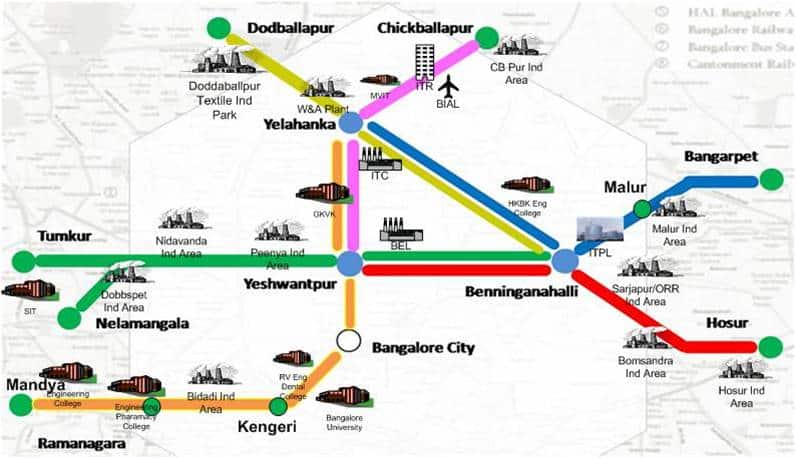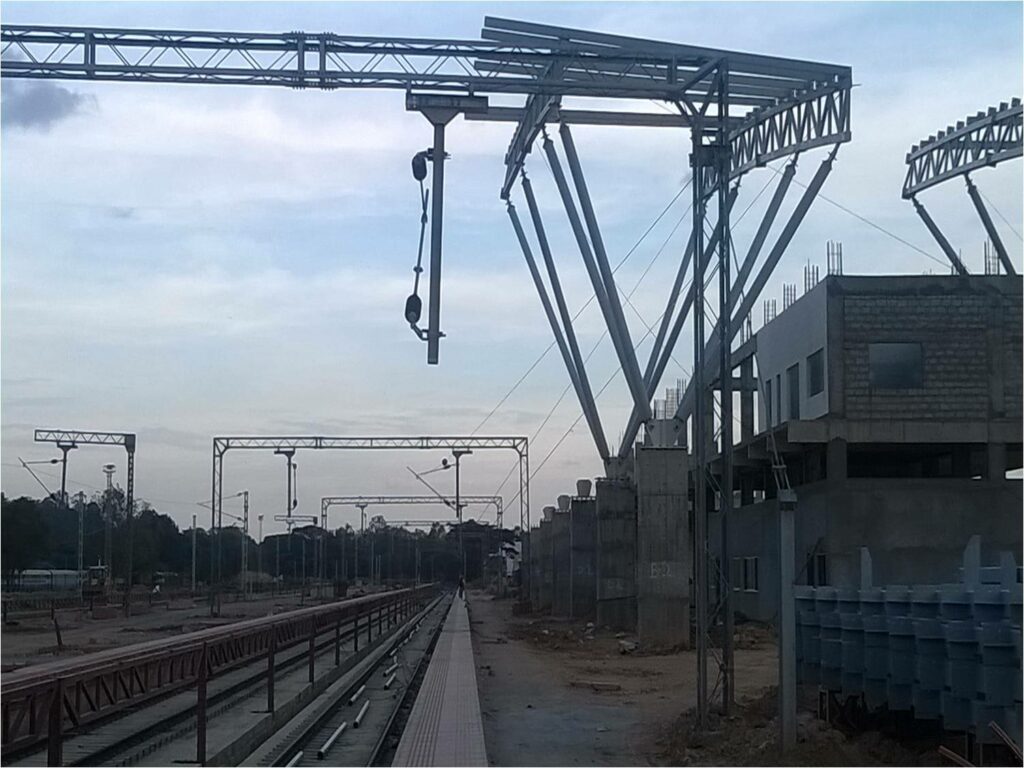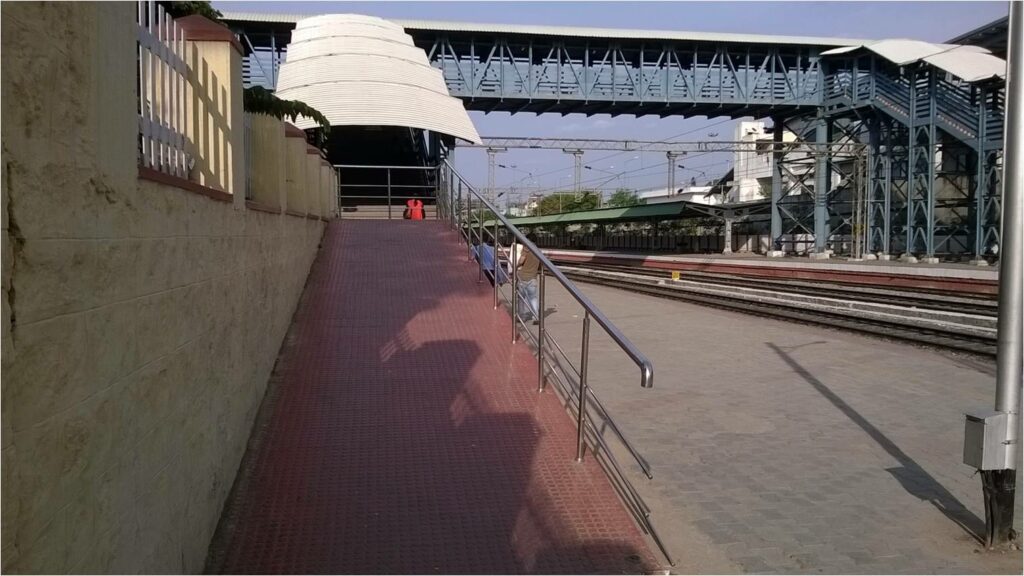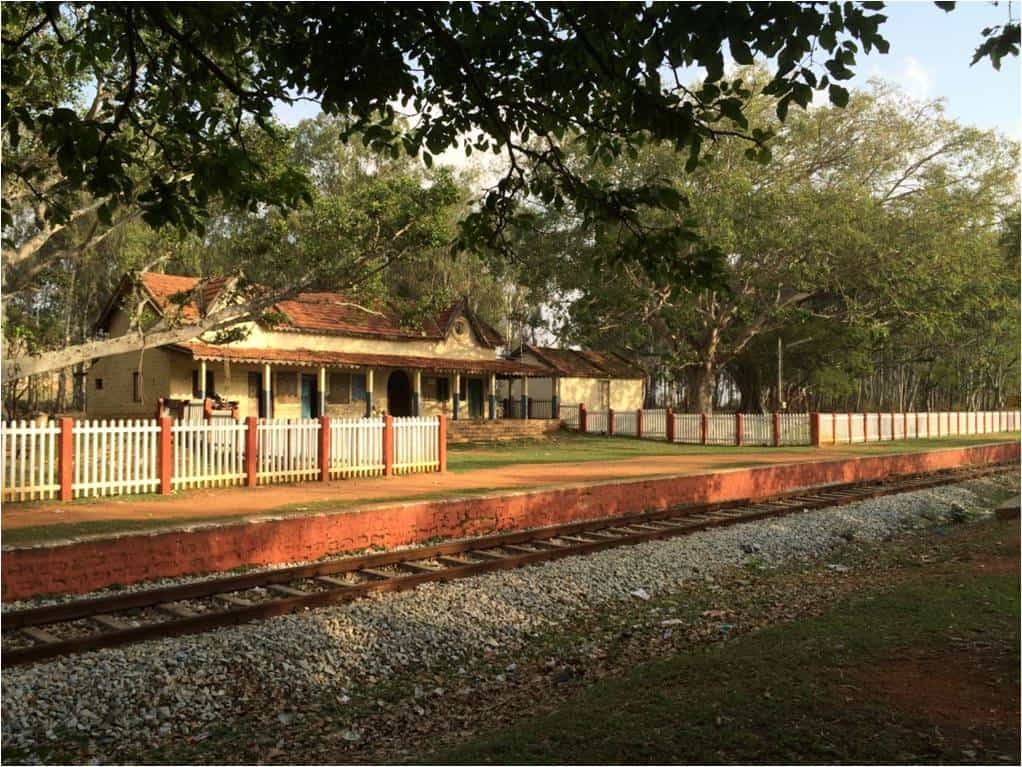Bengaluru: Bengaluru will have a suburban rail network on the lines of Mumbai. The Union cabinet cleared the much delayed 148-km long suburban rail project for Bengaluru early last month. The project was under discussion for the last seven years. It was first mooted in 2013. It has set up the special purpose vehicle (SPV) named K-RIDE (Karnataka Rail Infrastructure Development Enterprise) for the execution of the project.
The suburban rail services will connect towns in seven directions around the city. The Board approved the revised Detailed Project Report (DPR) in the first week of October.
First blueprint
It was in 2013 that several city-based NGOs raised the demand for a Commuter Rail System (CRS) connecting Bangalore with surrounding towns from where people travel to the city for the purpose of education, jobs, medical treatment, trade and entertainment. It was in 2014 that the CISTUP (Centre for Infrastructure, Sustainable Transport and Urban Planning) in the Indian Institute of Science (IISc) presented the first blueprint for such a service which would connect towns on an already existing rail network of 440 km with frequent rail services to ease the travel woes of daily commuters. The towns figuring prominently on the network are Mysore, Mandya, Tumkur, Hosur, Bangarapet, Kolar, Doddaballapur and Chikkaballapur and the ones lying in between them and Bangalore. With the city emerging as the hub of IT, BT and NT industries besides other manufacturing units, the vast number of workers daily commute between Bengaluru and these small towns on the periphery.

The Suburban Rail project will be a joint venture between the Centre and State Government with each contributing Rs. 2,479 crore and the State borrowing another Rs. 7438 crore from other sources.
Affordable travel
The Suburban Rail was proposed as a high-density urban transit system for suburban commuters enabling millions of students, traders, workers to visit the city and go back to places where they could afford homes of their own. On completion, it would take away 40% of the public transport trips on the city’s choked, clogged and congested streets and thoroughfares. It is estimated that it will cater to 25 lakh commuters a day who will spend just one-third of what they pay for road transport for their daily commute. Not only this, the commuters will be able to commute 70 to 100 kms in just 70 to 90 minutes. Besides, it would have provided a reliable and comfortable travel medium to the harried travelers. It had mooted connecting 35 important locations on railway lines radiating in seven directions from the city. It was also centred around the idea of taking the growth away from Bengaluru where civic amenities are bursting at seams.
Revised project
The revised project proposes connecting 57 suburban railway stations covering a distance of 148 km. It has dropped at least 24 stations from the original report. It has also cut down the number of elevated stations from 31 to 22. The revised DPR proposes the suburban system to be fully operational by 2026. Ten metro stations in the City (including Yelahanka, Kengeri, Yeshawanthapur, Cantonment, Whitefield, K R. Puram, Baiyappanahalli, Jnanabharthi and Nayandahalli) will serve as feeders for the system.


Tardy and piecemeal
Meanwhile the commuters’ cup of woes is full what with the city currently (i.e., prior to Covid-led ban on economic activity) accounting for nearly eight million automobiles, almost 70% of them being two-wheelers. Another 6,500 buses provide the alternative to those who do not or cannot afford personalized vehicles. Besides, another one million vehicles enter, leave and pass through the city on an average weekday. Given these horrifying statistics, and attendant pollution, accidents, fatalities casualties, and traffic gridlocks, the Commuter Rail project should have been taken up two decades ago and completed on a priority basis to ease the rigours of the average visitor to the city. But while the planning was piecemeal, progress was tardy.
The Government of Karnataka had given all clearances to Government of India for setting up of a Special Purpose Vehicle (SPV), but the approval had been pending with the Ministry of Railways and the Prime Minister’s Office since May 2019.

Progress so far
Under the proposed project, the existing rail track will have to be doubled in several directions. Electrification is also required on some of these lines. Tracks will need to be quadrupled with laying of dedicated line up to Whitefield on the line going to Chennai. Some MEMU sheds will be needed on certain terminating stations. Automatic signaling will also be essential as traffic will have frequency rather than a schedule.
As per the Detailed Project Report (DPR) which has been reworked following several posers from the Finance Ministry and the PMO, the entire project would cost a little more than Rs. 16,000 crore (at June 2019 price level).
Taking note of increasing load of commuters, the Southwestern Railway has introduced several trains to cater to the commuters’ needs on the routes during the last three years and extended several long-distance trains to Mysore which earlier culminated at KSR Bangalore City Railway Station. Hailing the work so far done, Sanjeev V. Dyamanavvar, activist from Praja-RAAG says, cogent planning and focused execution could ease the travel woes of nearly 40 lakh commuters. “The network already has 40 stations and can take another 25 to provide easy access to suburbs,” he adds.
M A Siraj is senior journalist based in Bengaluru. He writes for several publications in the country

